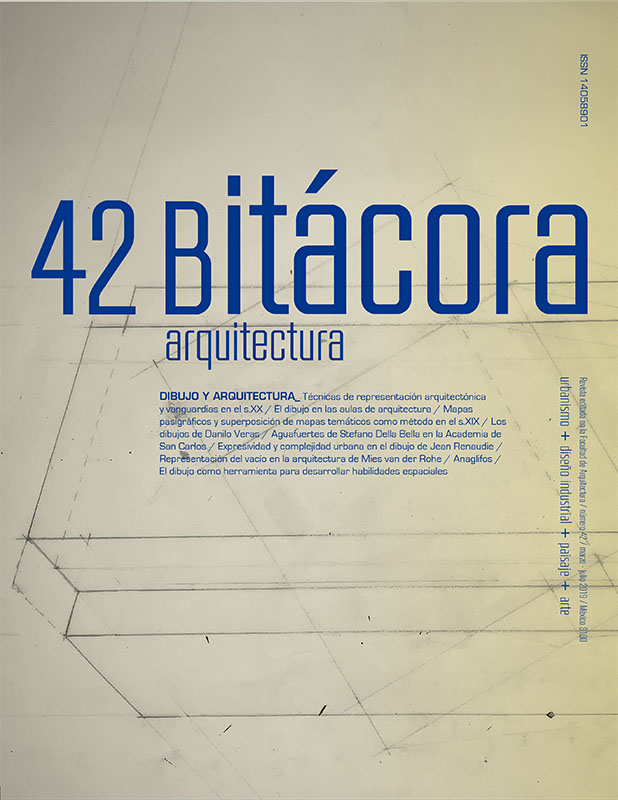Unlike its auxiliary role in other artistic disciplines, drawing has a much deeper and more essential connection with architecture. It is key during the creative phase, as architects do not tend to work directly with their raw materials: they do not have the materials with which buildings are made in their studios, and instead conceive, mold and express their vision through two-dimensional drawings, in which they define details, sketch out concepts or delimit materialities.
Over the years, drawing tools have conditioned the forms through which we understand the act of drawing. The repercussions of this are decisive, as they have had an important influence on architectonic theory and practice. For example, the texture, color and transparency of sheets of paper are not neutral with respect to the drawings that are made on them, and their rectangular form encourages drawings with orthogonal lines parallel to the edges. In this sense, instruments such as the T-square and the triangle contribute to a context of perpetual parallel and perpendicular lines.
The belief that creativity in architecture is expressed through hand-drawn sketches with ink or graphite on paper is deeply engrained in the profession. Nevertheless, new media show us that they are not absolutely necessary or indispensable; nowadays, even though the process of hand drawing continues, even among the youngest architects, it is very common to start and develop a creative proposal through the results provided by a computer program, whether consciously sought out or arrived at by chance. During the development of an architectonic project, the computer programs most commonly used by architecture firms continue replicating the logic of descriptive geometry, and so this vision of reality continues shaping the creative minds of architects. Perhaps it is time to pay attention to and question the way in which the discipline is limited or conditioned by its most basic tools, whether they be sheets of paper or computer screens.
DOI: https://doi.org/10.22201/fa.14058901p.2019.42
Published: 2020-03-11

